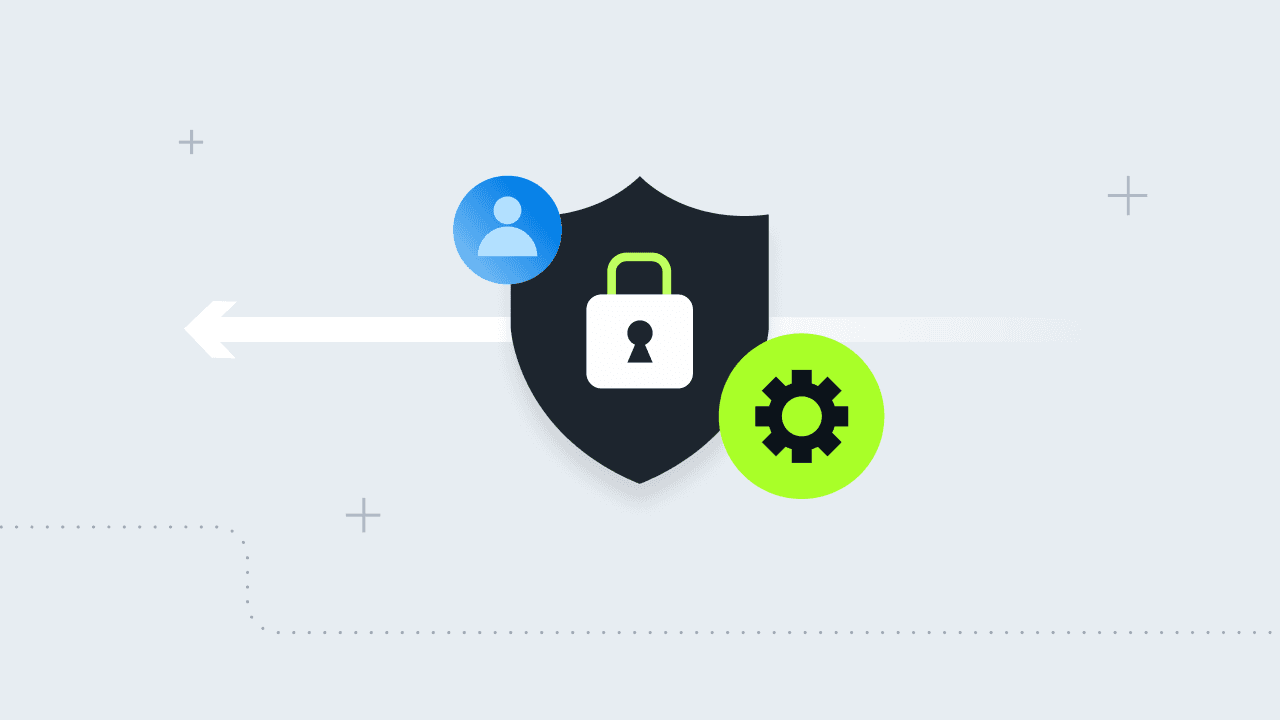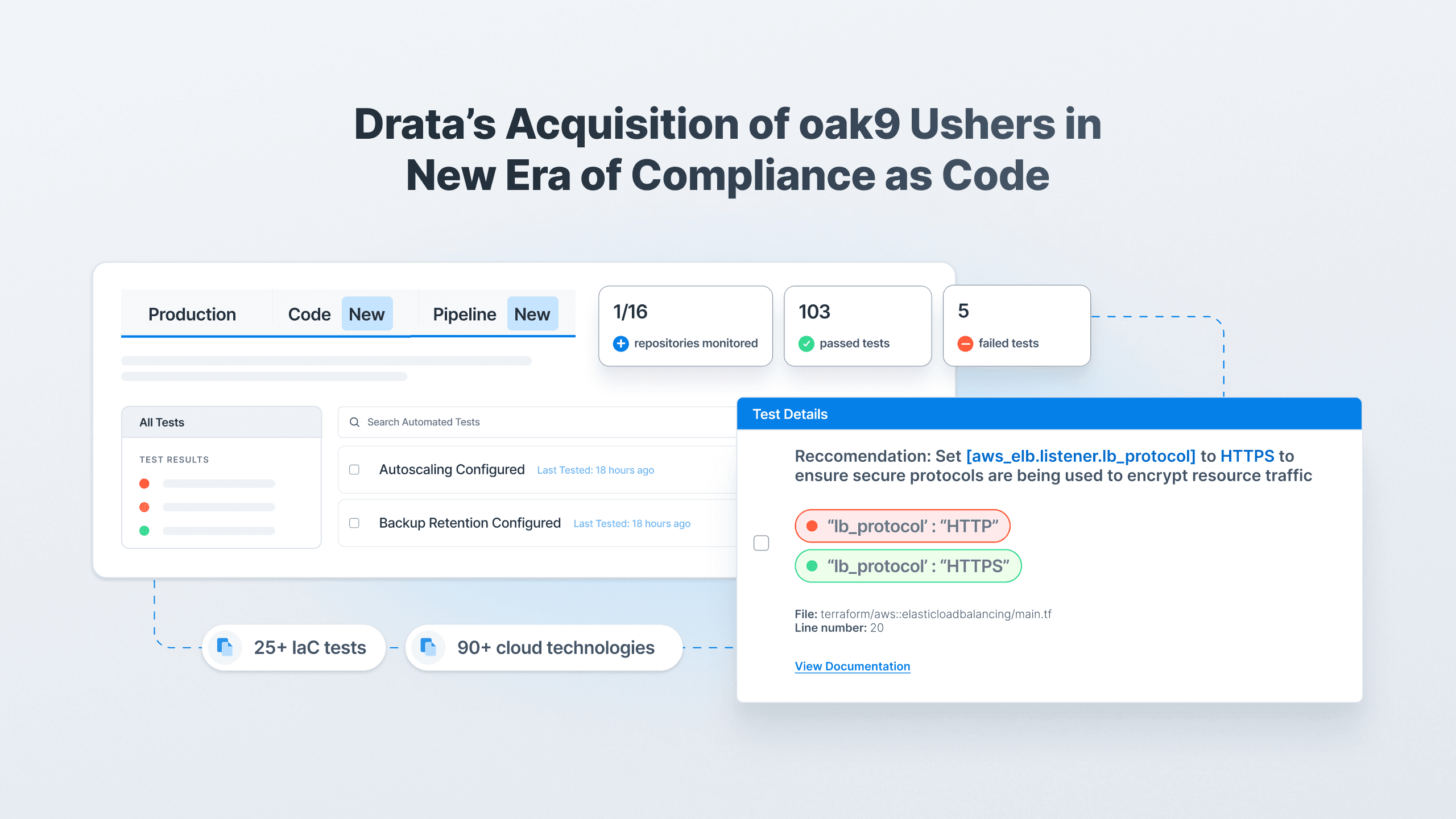7 Benefits of Shift-Left Compliance
Embracing shift-left compliance is not just a best practice—it's a strategic advantage in today's competitive and regulated landscape.
Software organizations everywhere are changing how they treat compliance.
Traditional approaches often treat compliance and security as an afterthought, addressed late in the development cycle. However, the shift left approach to compliance is revolutionizing how organizations handle security and compliance, embedding these practices early in the development process.
Turns out, the companies who practice shift-left compliance are achieving better results and long-term advantages.
We sat down with Drata’s CISO and VP of Security, Matt Hillary, to discuss this. Here’s what he had to say:
Here are seven main benefits of adopting a shift-left compliance strategy:
1. Early Detection of Issues
By integrating compliance checks early in the development cycle, teams can identify and address potential issues long before they become critical problems. This proactive approach reduces the risk of costly and time-consuming fixes later on, ensuring that compliance requirements are met from the outset.
2. Cost Savings
Detecting and resolving compliance issues early in the development process is significantly more cost effective than addressing them post-production. The shift-left approach minimizes the need for extensive rework, reducing both direct costs and the opportunity cost associated with delayed product releases.
3. Improved Quality
When compliance is considered from the beginning, the overall quality of the software improves. Developers are more likely to write secure and compliant code, leading to a more robust and reliable product. This focus on quality reduces the likelihood of vulnerabilities and ensures that the software meets compliance and security requirements.
4. Enhanced Collaboration
Shift-left compliance fosters a culture of collaboration between development, security, and compliance teams—one of the most important aspects of a trusted and transparent company.
By working together from the start, these teams can ensure that compliance requirements are clearly understood and integrated into the development process, leading to more cohesive and effective outcomes.
5. Accelerated Time-to-Market
One of the most common myths about shifting left is that taking time beforehand to build secure and compliant code will slow down the development process. However, quite the opposite is true.
With compliance issues addressed early, development teams can avoid the delays associated with last-minute compliance checks and fixes. It’s easier and faster to address these from the start, rather than go back and rework an entire aspect of the product.
This streamlined approach enables faster development cycles and quicker time-to-market.
6. Reduced Risk of Non-Compliance
Non-compliance can result in severe penalties, including fines, reputational damage, and legal consequences. By embedding compliance into the development process, organizations can significantly reduce the risk of non-compliance, ensuring that all regulatory requirements are met automatically due to the nature of the product.
7. Future-Proofing Development Processes
As regulatory environments evolve, having a shift-left compliance approach in place ensures that your development processes are agile and adaptable. Continuous compliance is easier to achieve and maintain when security and compliance have been embedded into the product.
Organizations can quickly and seamlessly incorporate any new compliance requirements into their workflows, staying ahead of changes, maintaining continuous compliance, and reducing headache later on.
Embracing shift-left compliance is not just a best practice—it's a strategic advantage in today's competitive and regulated landscape. By integrating compliance practices early in the development process, organizations can not only meet regulatory requirements more effectively but also build more secure, reliable, and trustworthy software products.





